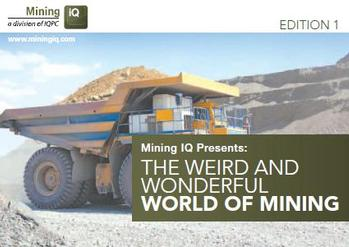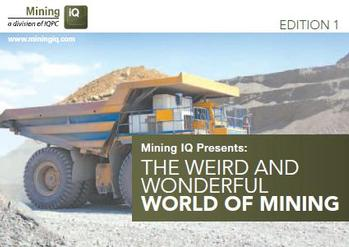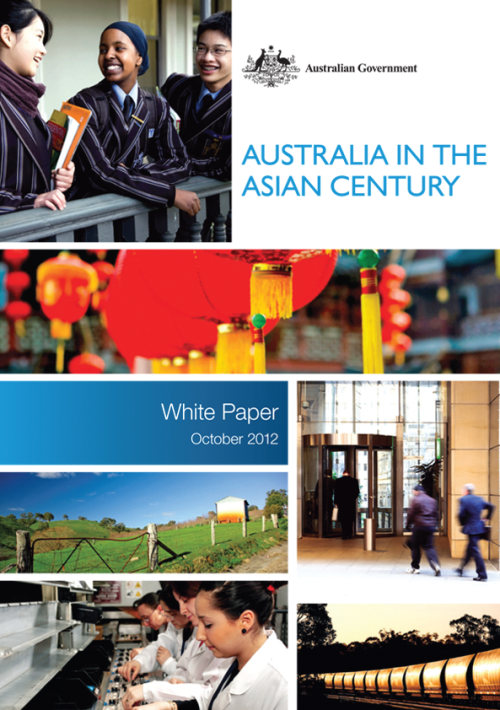SYDNEY, Dec 12 (Reuters) – A dispute between Papua New Guinea and Canada’s Nautilus Minerals threatens to sink plans to mine gold and other metals for the first time from the ocean floor.
It could also work against efforts by the South Pacific country to restore faith in its vast resources potential and entice more foreign companies to follow the likes of Exxon Mobil , Newcrest Mining and Barrick Gold and invest billions of dollars in resource projects.
The groundbreaking undersea venture hopes to use robots operating a mile (1,600 metres) deep to mine the sea floor near hydrothermal vents that deposit copper, gold and other minerals.
Hungry for foreign investment, Papua New Guinea (PNG), a nation of 7 million spread over an equatorial archipelago the size of California, had agreed in 2011 to pay 30 percent of the costs to build the Solwara 1 project in the Bismark Sea, which Nautilus said amounts to $80 million so far.
But in June, the government’s investment arm, Petromin, said it was terminating the agreement. Without the funds, Nautilus says it cannot afford to proceed and the matter is now in arbitration in Australia under The United Nations Commission on International Trade Law (UNCITRAL).


























